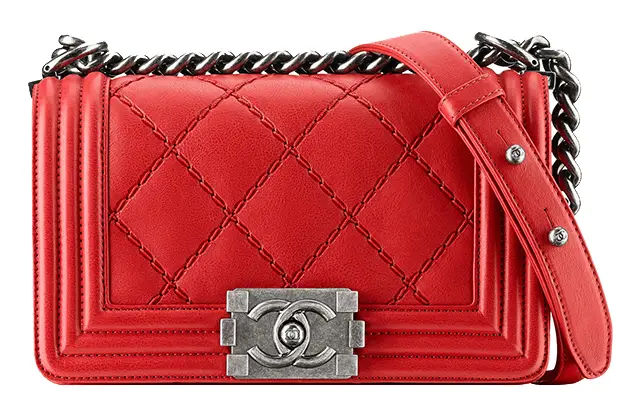
CHANEL BAGS: HYPE OR INVESTMENT?
Discover more from British Beauty Blogger
Subscribe to get the latest posts sent to your email.
by
Tags:
Have your say
One response to “CHANEL BAGS: HYPE OR INVESTMENT?”
-
Wasting £3000 on a Chanel bag is a massive waste of money, not an investment! Raising prices is just a tactic to be perceived as the highest luxury brand. That’s what the company did in the 80’s and regularly does. It’s no secret. I have worked in this sector and I can tell you that there is nothing luxurious about Chanel bags, some of which are manufactured by Chinese immigrants on the outskirts of Florence for a mere €15 a piece. There have been investigations on this and were even broadcast on tv. Anyone who had £600 in 1990 was better off investing in state bonds or other and would now have heaps of cash and a lot more than the mere £1,400 that a bag would be worth. “But you can’t wear state bonds!” I hear you say. True, but the ROI would have allowed you to afford quality items that don’t feed illegal immigration and work, because there is nothing fashionable in this. I’ve worked for a big brand for years and would never buy this stuff!. At the end of the day, the really smart girl is the one with the cash and a roof over her head, not the fashionista with a bank overdraft and a herd of flatmates!




Leave a Reply